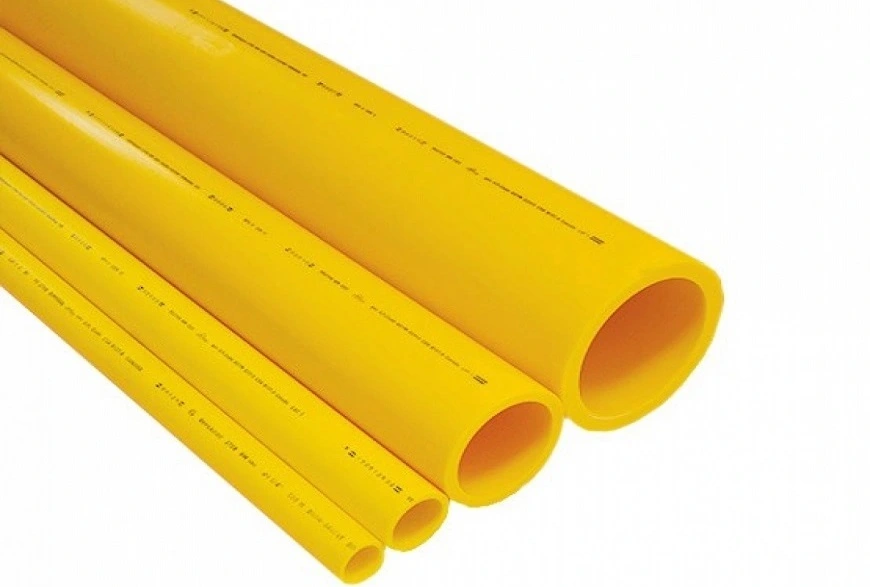LPG Production - Fractional Distillation Process
LPG (Liquified Petroleum Gas) is produced through the refining of crude oil and natural gas. The process begins with the extraction of these resources from the earth. The crude oil and natural gas are then transported to a refinery where they are processed to separate the various hydrocarbons.
During the refining process, the crude oil and natural gas are heated and distilled to separate the different hydrocarbons. LPG is typically found in the lighter fractions of the oil and gas, and is separated out through a process called fractional distillation.
The LPG is then cooled and compressed, which causes it to change from a gas to a liquid. This makes it easier to store and transport. After this process, the LPG is transported to storage tanks or terminal where it is stored until it is ready to be distributed for commercial use.
Additionally, LPG can also be produced as a by-product of natural gas processing and the extraction of oil sands.
Fractional Distillation of LPG
Fractional distillation is the process used to separate LPG (Liquefied Petroleum Gas) from crude oil and natural gas. It is a separation technique that is based on the difference in boiling points of the various hydrocarbons present in the oil and gas.
The process begins with the crude oil or natural gas being heated to a high temperature in a distillation column. As the temperature increases, the different hydrocarbons vaporize and rise up the column. They then come into contact with a condenser, which cools the vapor and causes it to condense back into a liquid.
The liquid droplets then fall back down the column and are collected at different levels, depending on their boiling point. The LPG will be found in the upper levels of the column where the temperature is lower, while the heavier hydrocarbons such as gasoline, diesel, and heavy fuel oil will be found in the lower levels where the temperature is higher.
The LPG is then drawn off from the column and cooled further to change it from a gas to a liquid. The liquid LPG is then transported to storage tanks or terminals where it is stored until it is ready for distribution.
Fractional distillation is a continuous process and the column is continuously fed with crude oil or natural gas, and the different fractions are continuously drawn off. This process allows for the efficient separation of the different hydrocarbons present in the oil and gas, and results in the production of a wide range of products including LPG, gasoline, diesel, kerosene, and fuel oil.









